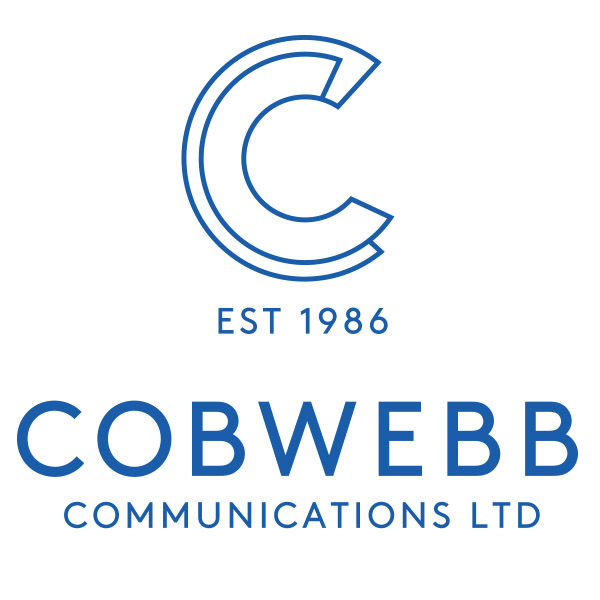Please enable JavaScript to view this site.
e-documents are an essential part of the e-business revolution, so what is an ‘e-document’? e-documents are documents sent by email, replacing the existing printed, faxed and EDI documents which form the current B2B communications. The main advantages of e-documents are that they are broadly cost free to send via the internet, and that they can be read directly into the recipients business application thereby automating B2B supply chain communications between differing computer systems. Just sending the text of an invoice by email is not enough to enable the document to be printed with an appropriate form overlay, or to be read into the receiver’s computer system. Some structure for the data plus a format is required to enable the data to be understood. The need for a standard has long been recognised but only recently has XML emerged as the front runner for internet data communications. XML (eXtensible Markup Language) enables the data to be arranged into a format (specified by a schema) which can be read by current versions of most internet browsers, in addition a style sheet can be specified for printing the data in the correct format, including the form overlay. The style sheet is not sent with the data, but is retrieved from the internet, or from the local cache.
Cobwebb XML enables IBM i spooled files to be converted to XML and sent as email via your SMTP server enabling the receiver’s computer to print and import the data into an XML enabled application. No additional IBM i software is required. Cobwebb XML can be used in conjunction with Cobwebb Fax or Cobwebb Email to trial the principles of e-documents by sending XML to a limited number of customers/suppliers while continuing to fax or print to the remainder.
Cobwebb XML to Spool
From Cobwebb Server v6.2.82 and IBM i OS V6R1M0.
As part of the Cobwebb XML module there is a Cobwebb XML to Spool file function which will allow you to take incoming XML and print selected information to a spool file which may then be fed into a standard Cobwebb Design.
There is a Work with XML Cross References program which allows you to import your XML file(s) to generate XML Cross References to the data and decide which pieces of information you require to be output. This can be done more than once if you have XML files for different documents that you wish to process. Cobweb XML to Spool will handle multiple rows of information such as Item lines as well as multiple documents within one XML. You can configure the position and length of the data that you wish to be output and numeric data will be right justified so that it lines up correctly on the output. There is also a print option so that you can print your output to check that it looks correct.
Once you are happy there is a Cobwebb Folder Monitor program FMXML2SPL that you can configure to automatically pick up your XML from a pre-defined location and convert it using one of your XML Cross Reference files.
The generated spool file can then be picked up and processed via a Cobwebb Design in the usual way to allow you to distribute this information via any of the standard Cobwebb outputs such as Print, Fax, Email and File (Archiving).
